
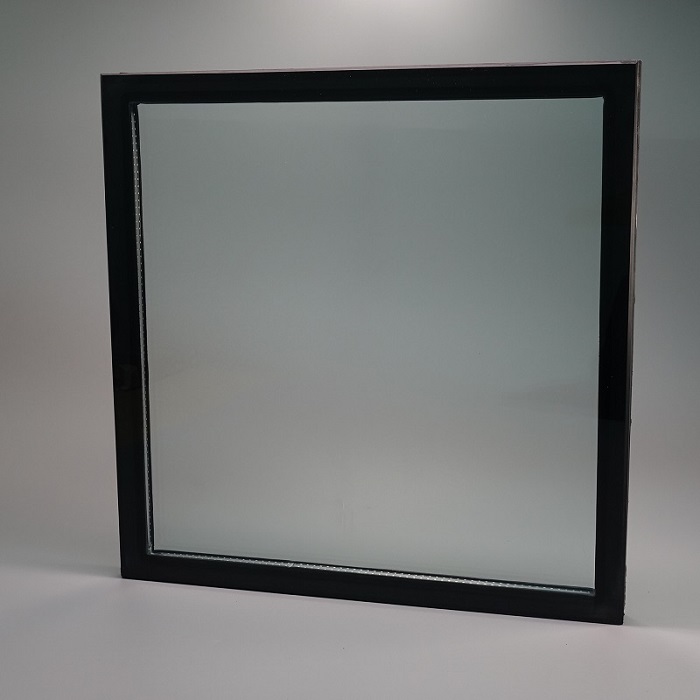

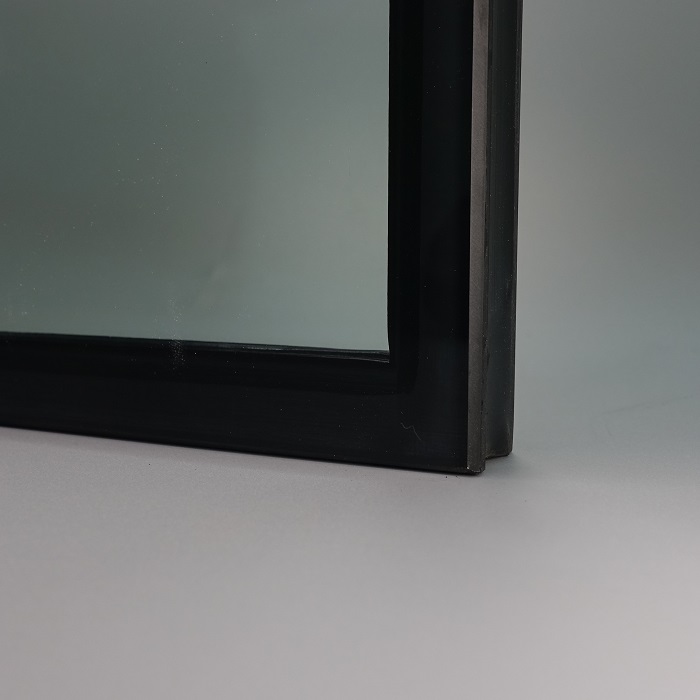
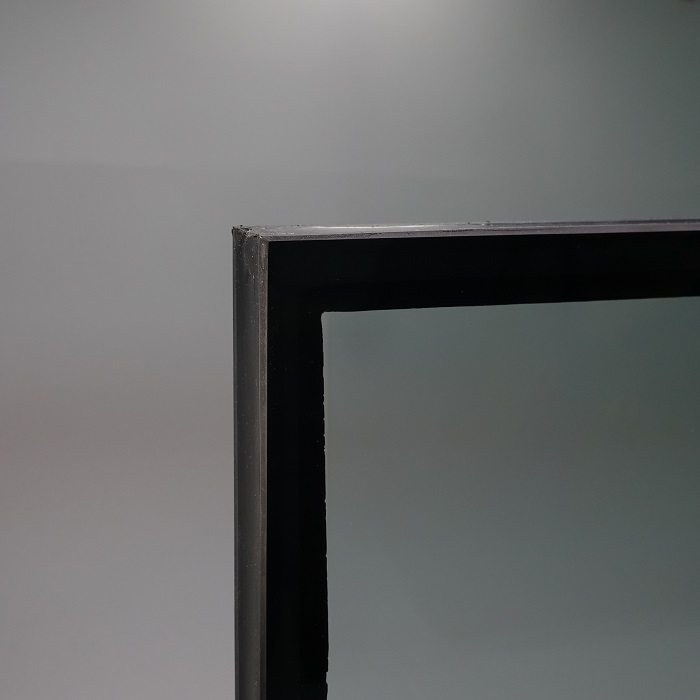
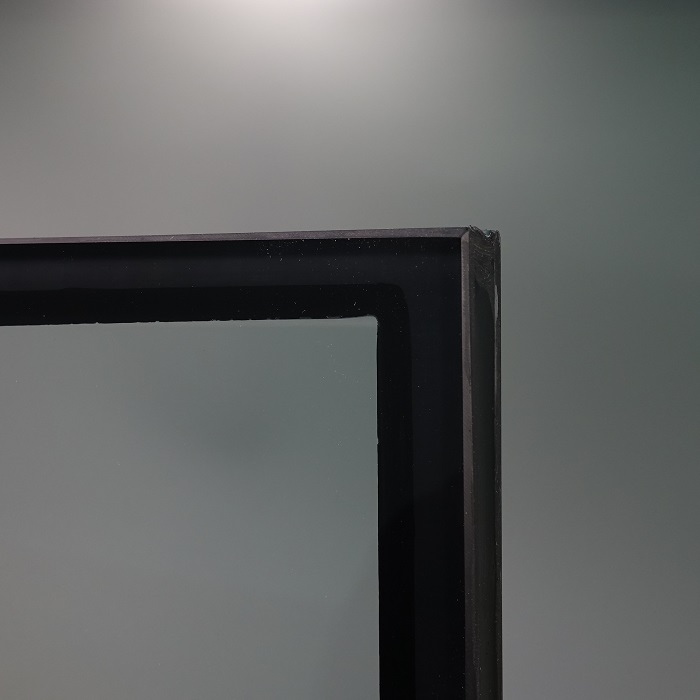
What is Hollow LOW-E Glass ?
Hollow LOW-E Glass is an advanced glazing solution designed to enhance the energy efficiency of buildings while providing a comfortable indoor environment. This innovative technology incorporates a thin metallic coating on one or more glass surfaces, typically within an insulating glass unit (IGU) consisting of multiple glass panes separated by a spacer filled with a desiccant material.
The primary function of LOW-E coatings is to minimize heat transfer through the glass, thus reducing both heat gain in warm weather and heat loss in cold weather. This is achieved by reflecting a significant portion of infrared radiation, which carries heat, back into the building interior while allowing visible light to pass through. As a result, buildings equipped with Hollow LOW-E Glass experience more consistent indoor temperatures, reduced reliance on heating and cooling systems, and lower energy consumption.
Hollow LOW-E Glass is a cutting-edge glazing solution engineered to revolutionize energy efficiency in buildings. Featuring a thin metallic coating strategically applied to one or more glass surfaces within an insulating glass unit (IGU), this technology acts as a barrier against heat transfer. By reflecting infrared radiation while allowing visible light to pass through, LOW-E glass ensures optimal indoor comfort year-round. With benefits ranging from reduced energy consumption and lower utility bills to enhanced UV protection and noise reduction, it's the smart choice for sustainable, comfortable, and modern living and working spaces.
Improved Energy Efficiency: By reducing thermal transmittance, LOW-E glass helps buildings maintain stable indoor temperatures, thereby reducing the need for heating and cooling, leading to lower energy bills and carbon emissions.
Enhanced Comfort: With less heat gain in summer and heat loss in winter, occupants enjoy a more comfortable indoor environment year-round.
UV Protection: Some LOW-E coatings also offer UV-blocking properties, which help protect interior furnishings, flooring, and artwork from fading and degradation caused by prolonged exposure to sunlight.
Noise Reduction: The multiple glass panes in an IGU, combined with the insulating properties of LOW-E coatings, contribute to sound insulation, reducing external noise pollution for a quieter indoor space.
Sustainability: By promoting energy efficiency, Hollow LOW-E Glass contributes to sustainable building practices and may help buildings qualify for green building certifications such as LEED (Leadership in Energy and Environmental Design).
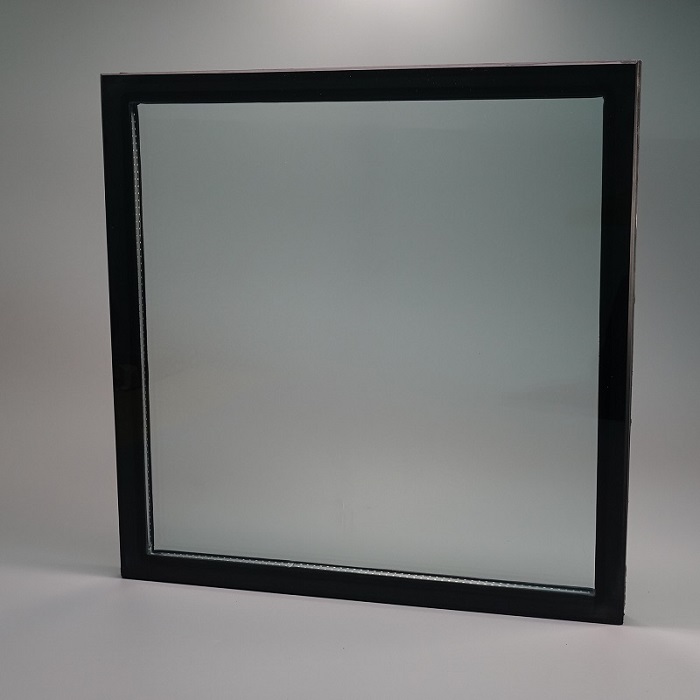
Enhance Your Space with Hollow LOW-E Glass: Superior Benefits Unveiled
1.Excellent Thermal Insulation: The internal hollow structure and LOW-E coating effectively block heat transfer, reducing energy consumption and improving energy efficiency.
2.Superior Sound Insulation: The internal hollow structure absorbs and isolates sound waves, reducing noise transmission between indoors and outdoors.
3.High Light Transmission: Maintains high transparency, providing superior natural lighting and enhancing indoor brightness.
4.UV Protection: The LOW-E coating effectively blocks UV rays, reducing sun damage to indoor furniture and floors.
5.Anti-haze and Anti-fog Properties: The internal hollow structure minimizes temperature differences on the glass surface, reducing fog and frost formation and maintaining clarity.
6.Environmental Friendliness and Energy Efficiency: Reduces energy consumption, enhances building energy efficiency ratings, and meets modern green building requirements.
Exploring the Diverse Applications of Hollow LOW-E Glass in Various Building Types
In the realm of architectural design and construction, the integration of energy-efficient and sustainable building materials is paramount. Among these materials, LOW-E (low emissivity) insulating glass stands out as a versatile solution, offering benefits that extend beyond mere energy savings. From residential homes to commercial complexes, office buildings, and healthcare facilities, Hollow LOW-E Glass finds widespread application, both in new construction projects and renovation endeavors. Let's delve into its diverse applications across different building types and the suitability of its use in various scenarios.
1.Residential Buildings:
In residential settings, where comfort and energy efficiency are top priorities, Hollow LOW-E Glass plays a crucial role. Whether incorporated into windows, doors, or skylights, it helps regulate indoor temperatures, reducing the reliance on heating and cooling systems. Homeowners benefit from lower energy bills and enhanced thermal comfort year-round. Additionally, the UV-blocking properties of LOW-E coatings help protect interior furnishings and artwork from sun damage, preserving the aesthetics of the living space.
2.Commercial Buildings:
In the realm of commercial construction, Hollow LOW-E Glass offers a multitude of advantages for office buildings, retail spaces, and hospitality venues. By mitigating heat transfer and solar heat gain, it creates a more comfortable environment for employees and customers alike. The acoustic insulation properties of LOW-E glass contribute to a quieter and more conducive work environment, promoting productivity and well-being. Moreover, its energy-saving capabilities align with corporate sustainability initiatives, demonstrating a commitment to environmental responsibility.
3.Office Buildings:
Office buildings, with their large expanses of glass facades, benefit significantly from the installation of Hollow LOW-E Glass. By reducing glare and controlling solar heat gain, it creates a more visually comfortable workspace, minimizing eye strain and enhancing productivity. The thermal insulation provided by LOW-E coatings ensures consistent indoor temperatures throughout the building, optimizing occupant comfort and reducing energy consumption. Additionally, the acoustic performance of LOW-E glass helps maintain a quiet and focused atmosphere conducive to work.
4.Healthcare Facilities:
In healthcare environments, where patient comfort and well-being are paramount, Hollow LOW-E Glass contributes to creating healing environments. Its thermal insulation properties help regulate room temperatures, promoting comfort for patients and staff alike. Moreover, the UV-blocking capabilities of LOW-E coatings safeguard sensitive medical equipment and medications from sun-induced degradation. Additionally, the acoustic insulation provided by LOW-E glass helps maintain a peaceful atmosphere, supporting patient recovery and relaxation.
5.New Construction vs. Renovation Projects:
Whether in new construction or renovation projects, Hollow LOW-E Glass offers advantages that make it a preferred choice for architects, builders, and property owners. In new construction, it can be seamlessly integrated into building designs, optimizing energy efficiency and occupant comfort from the outset. In renovation projects, replacing outdated windows with LOW-E insulating glass allows for the enhancement of building performance without the need for extensive structural changes. Its versatility and adaptability make it a valuable asset in both scenarios, ensuring improved building performance and occupant satisfaction.
In conclusion, Hollow LOW-E Glass is a versatile and indispensable building material with applications spanning across various building types. From residential dwellings to commercial complexes and healthcare facilities, its energy-saving, thermal insulation, UV protection, and acoustic performance characteristics make it a preferred choice for architects, builders, and property owners seeking to create sustainable, comfortable, and high-performing buildings. Whether in new construction or renovation projects, LOW-E insulating glass offers tangible benefits that enhance both building performance and occupant well-being.
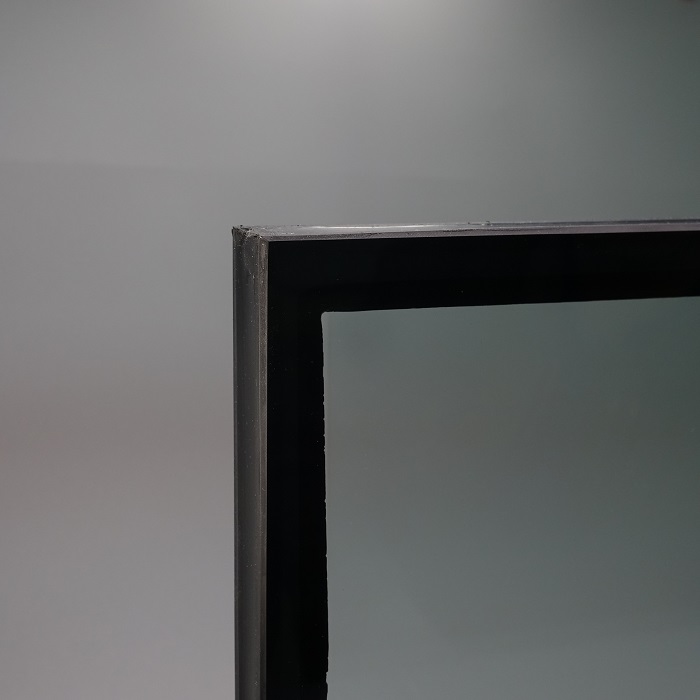
FAQ about Hollow LOW-E Glass
How does Hollow LOW-E Glass work?
Hollow LOW-E Glass works by reflecting a significant portion of infrared radiation, which carries heat, back into the building interior while allowing visible light to pass through. The hollow structure, combined with LOW-E coatings, creates an effective barrier against heat transfer, resulting in improved thermal insulation and energy savings.
Is Hollow LOW-E Glass suitable for both residential and commercial applications?
Yes, Hollow LOW-E Glass is suitable for a wide range of applications, including residential homes, office buildings, hotels, and retail spaces. Its versatility makes it an ideal choice for any project where energy efficiency and thermal comfort are priorities.
Yes, Hollow LOW-E Glass can be customized to meet the specific requirements of different architectural designs. This includes variations in glass thickness, coating types, and frame materials to seamlessly integrate with the overall aesthetic of the building.
Installation of Hollow LOW-E Glass follows standard procedures for installing insulating glass units (IGUs). While it requires professional expertise, experienced contractors can complete the installation efficiently and effectively, ensuring optimal performance and longevity of the product.
Hollow LOW-E Glass contributes to sustainability by reducing energy consumption and carbon emissions associated with heating, cooling, and lighting systems. By improving thermal insulation and reducing reliance on artificial heating and cooling, it helps create more environmentally friendly and energy-efficient buildings.
Copyright © 2025 Dongguan Yinjian Glass Engineering Co., Ltd All Rights Reserved